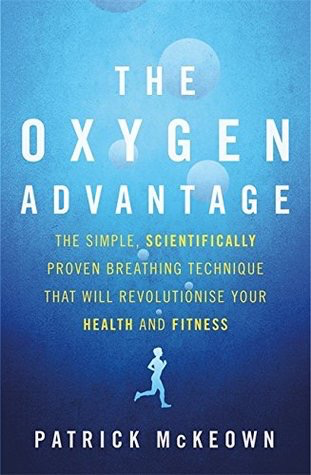The Oxygen Advantage by Patrick McKeown

My Rating of “The Oxygen Advantage” by Patrick McKeown: 7 / 10

It was only a couple of weeks ago that I was given a recommendation to read this book. Normally a new book will go to the bottom of my pile and take some time before it makes its way up the list. In this instance I started the book straight away because of the recommendation.
The Oxygen Advantage centres on the theory that carbon dioxide levels in our bodies are lower than they should be. This is due to our breathing styles not working as efficiently as possible. McKeown provides many examples and stories as to why this is the case and how to change it. The book provides many examples of why and how to change, however one criticism of the book is that there were too many examples!
Part I of the book (The Secret of Breath) is excellent as it introduces the theory of the oxygen advantage as well as approaches to improving your bodies respiratory capabilities. The remaining two parts (Part II: The Secret of Fitness and Part III: The Secret of Health) were waffle and redundant stories that I have read in many other books. With that said I would highly recommend Part I and suggest skipping Part II and Part III; the only caveat is if you’re not knowledgable with health and fitness. Perhaps you might be to find that similar information in various journals or on the Internet as an alternative to this book.
Three key takeaways from the book:
- What determines how much of oxygen your body can use is actually the levels of of carbon dioxide in your blood.
- The human body actually carries a surplus of oxygen in the blood. 75% of oxygen is exhaled during rest and as much as 25% is exhaled during physical exercise. Increasing blood oxygen saturation to 100% has no added benefits. The problem is not a lack of oxygen in the blood but that not enough oxygen is being released to tissues and organs (including the brain) resulting in feelings of lethargy and exhaustion. This occurs because too much carbon dioxide has been expelled from the body.
- Your nose is for breathing and your mouth is for eating. Yes, this is common knowledge however breathing in and out should always be via the nose; forget breathing through your mouth during both rest and especially during exercise.




